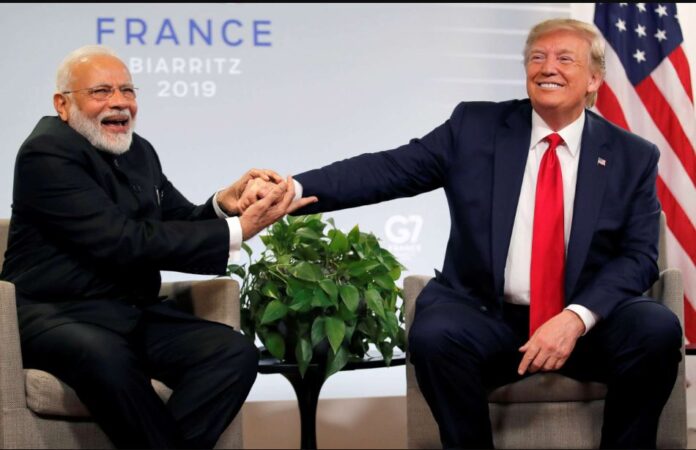US Warns India: ‘Dangerous’ Secret Info Triggers Ceasefire
According to a report by the American news agency CNN, the recent ceasefire between Pakistan and India was an unexpected and sudden event that garnered global attention.
The report states that as tensions between the two countries reached their peak, the US, despite Pakistan’s request, refrained from direct mediation. US Vice President JD Vance had stated during this time that while the US wanted to see de-escalation between India and Pakistan, it would not intervene in the war.
In the night between Friday and Saturday, India launched missile strikes on Pakistan’s defense installations. In response, Pakistan launched “Operation Binyan Marsoos,” targeting Indian objectives, which India itself later acknowledged.
Afterward, Indian Foreign Secretary Vikram Misri, in a press conference, stated that India did not want to continue the war, provided Pakistan also refrained from doing so. This marked the first change in India’s stance during the crisis.
On the night of May 9 and 10, in response to Indian strikes on Pakistani installations, Pakistan launched several missiles. Following this, the Directors General of Military Operations of both countries contacted each other, and before the day ended, US President Donald Trump, through US mediation, announced a ceasefire between the two nations.
CNN’s report explains how the sudden path to the ceasefire was cleared. During the height of the tensions, US Vice President JD Vance received a “dangerous” secret briefing on Friday morning, which prompted the US to take a more active role in de-escalating the situation.
The report states that due to the sensitive nature of the information, US officials did not disclose the details, but it guided US Vice President Vance to contact Indian Prime Minister Narendra Modi. JD Vance urged Modi to directly engage in negotiations with Pakistan to reduce tensions. Following this, India attempted talks with Pakistan and expressed its willingness to agree to a ceasefire.
After the ceasefire, the Modi government in India faced embarrassment because India had previously rejected Pakistan’s offers to de-escalate, and was not willing to negotiate. However, Pakistan’s strong counter-response and the “dangerous” information received by the US forced India to sit at the negotiating table.



